The Beauty of Glass Cabinet Knobs and Pulls
Vintage Style Glass Knobs Give Kitchen Cabinet Doors A Classic and Traditional Look
It has long been known that multifaceted glass and crystal cabinet knobs were once standard issue with every new home. These wonderful glass cabinet door knobs silver bolts that shined in the front and came in several shapes and sizes. That was nearly 75 years ago - back in the days of the metal shortages of The Great War (World War I) and World War II.

Today, people seek out these classic cabinet knobs - mining them like Gold in salvage yards, flea markets and antique stores like diamonds at salvage yards and flea markets. Unlike the cheaply made "crystal style" models now sold at the corner hardware stores and bulk stores online, these World War II era glass knobs were made to last and had solid brass shanks. The lofty craftsmanship and attention to detail and the adaptability to work with most modern lock sets have earned them preferential status among owners of old and new houses alike.

Glass and Crystal cabinet knobs date back to 1800s when the process for pressing molten glass into pneumatic cast iron press molds was invented. These press molds were used to make all kinds of glass items from dishware to vases but using them to make glass and crystal cabinet door knobs didn't find wide usage until there was a metal shortage ... after the United States entered World War I. All of the metal cast doorknobs had dominated the hardware market since the beginning of the Victorian era were now in short supply. The metal used to make these knobs was needed for tanks, airplanes, boats and ammunition.

Crystal and glass cabinet knobs are made from sand - and sand was never in short supply. By the roaring 20s the largest hardware makers were mass-producing cabinet knobs from sand.
Since that time, most of the glass knobs were a hexagon or polygon style knob - featuring six, eight or twelve facets around the edges. This type of fluted knob had a single chrome bolt that was used to affix the knob to the cabinet. Occasionally, the manufacturers would make these glass knobs in various colors. This was done by doping the molten silicon glass with various minerals. For example, a dark blue knob could be made by adding the element Cobalt to the molten glass. Adding real Gold would create a Ruby colored glass knob. Vaseline glass was made by adding trace amounts of Uranium Oxide - a process which has been ceased today due to the rarity and value of Uranium Oxide.




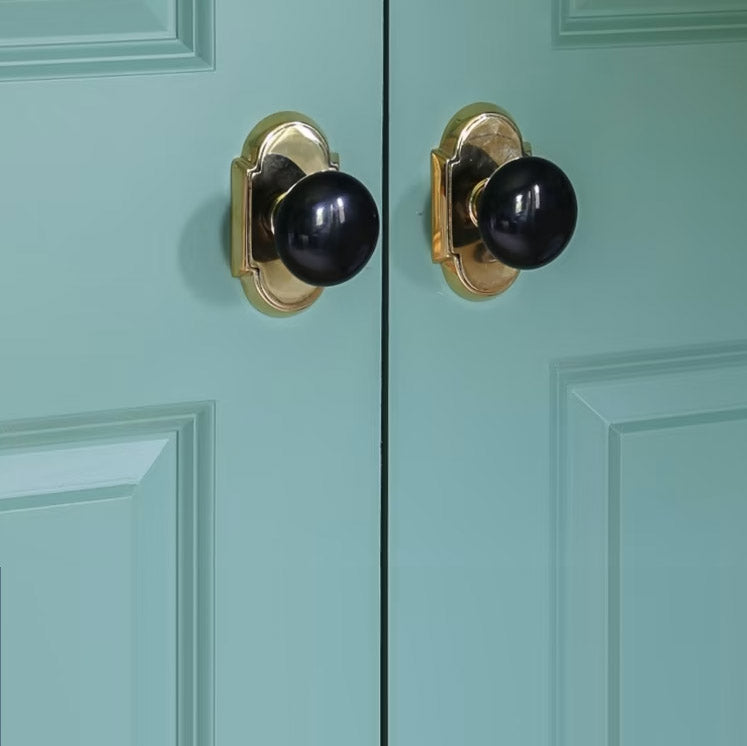
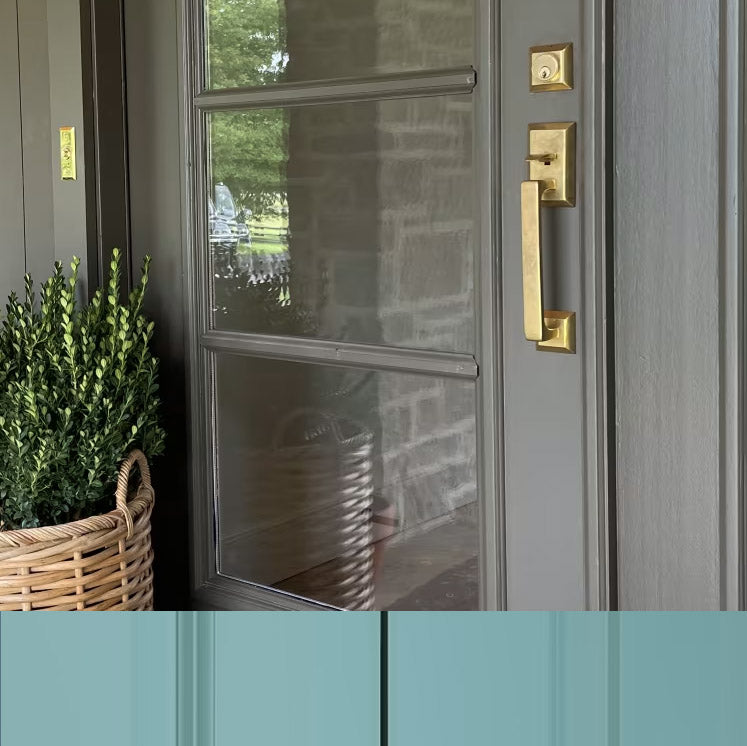
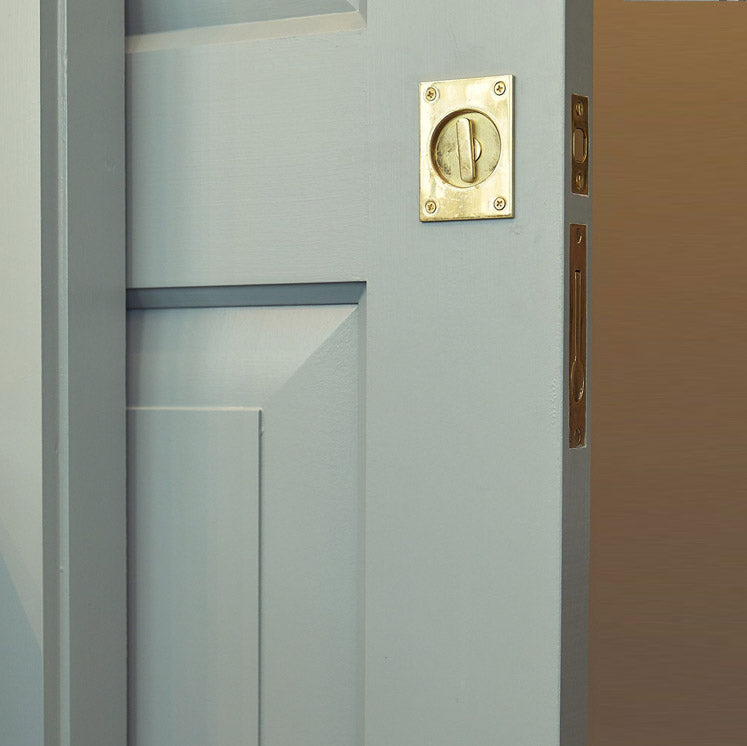
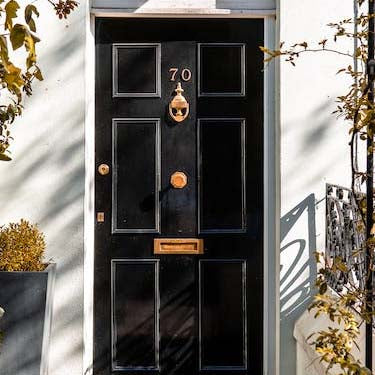
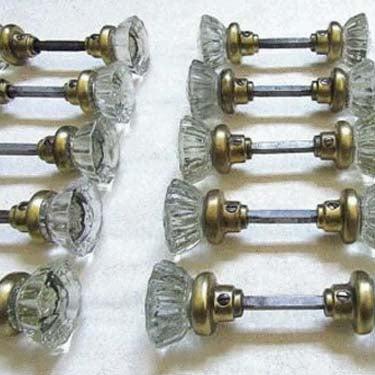
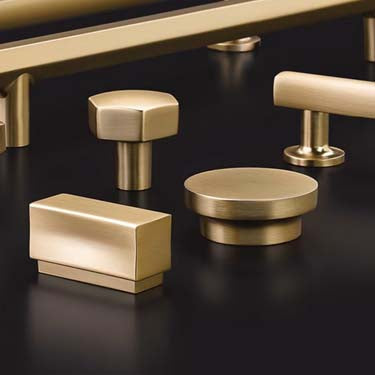
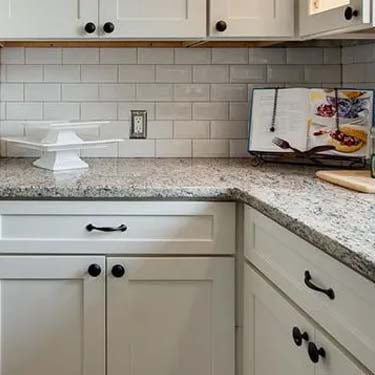


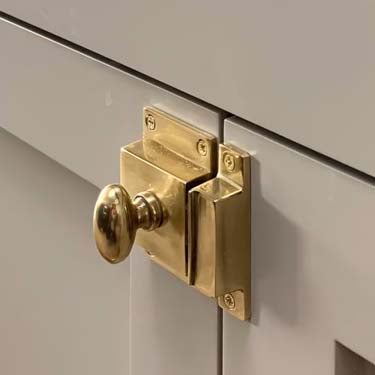


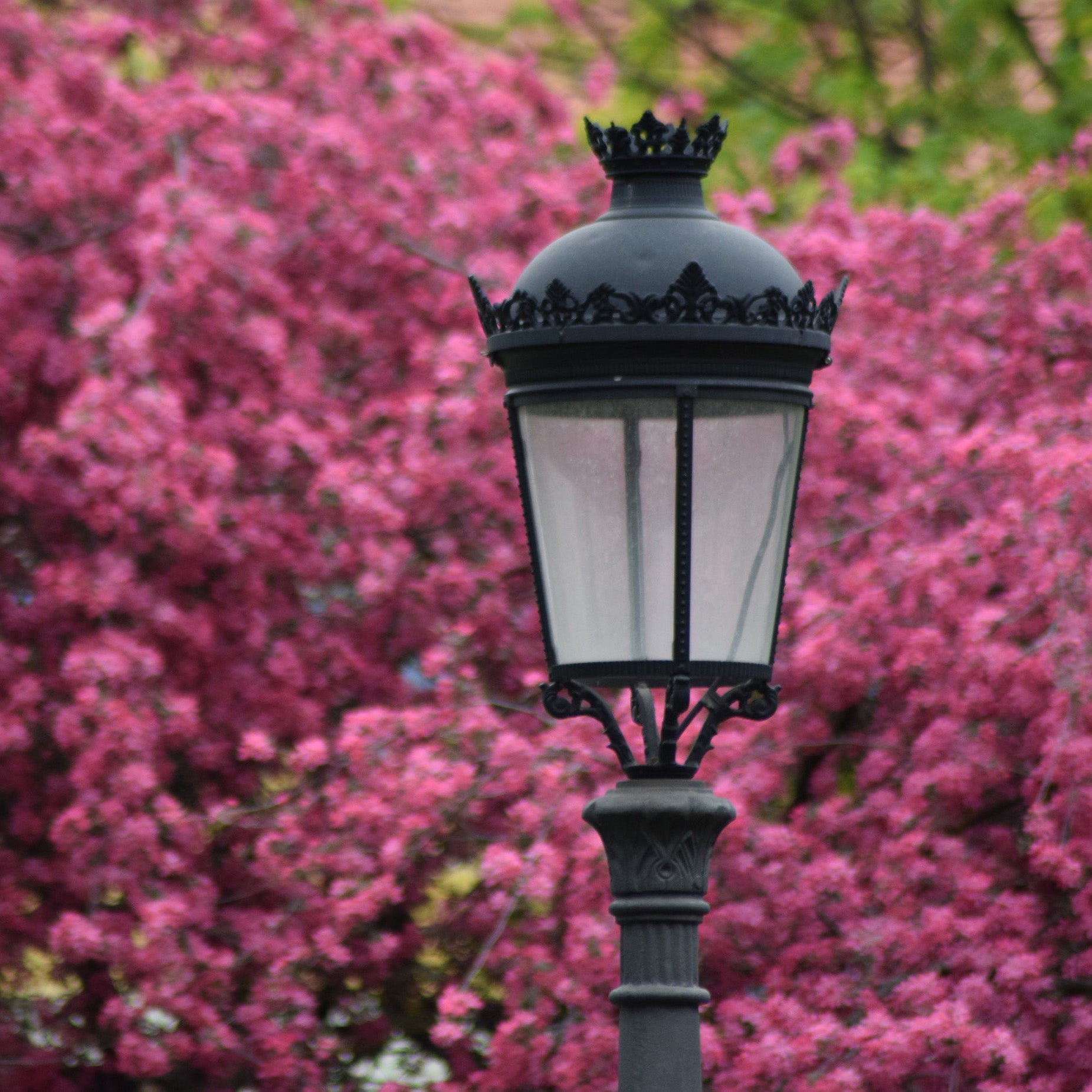
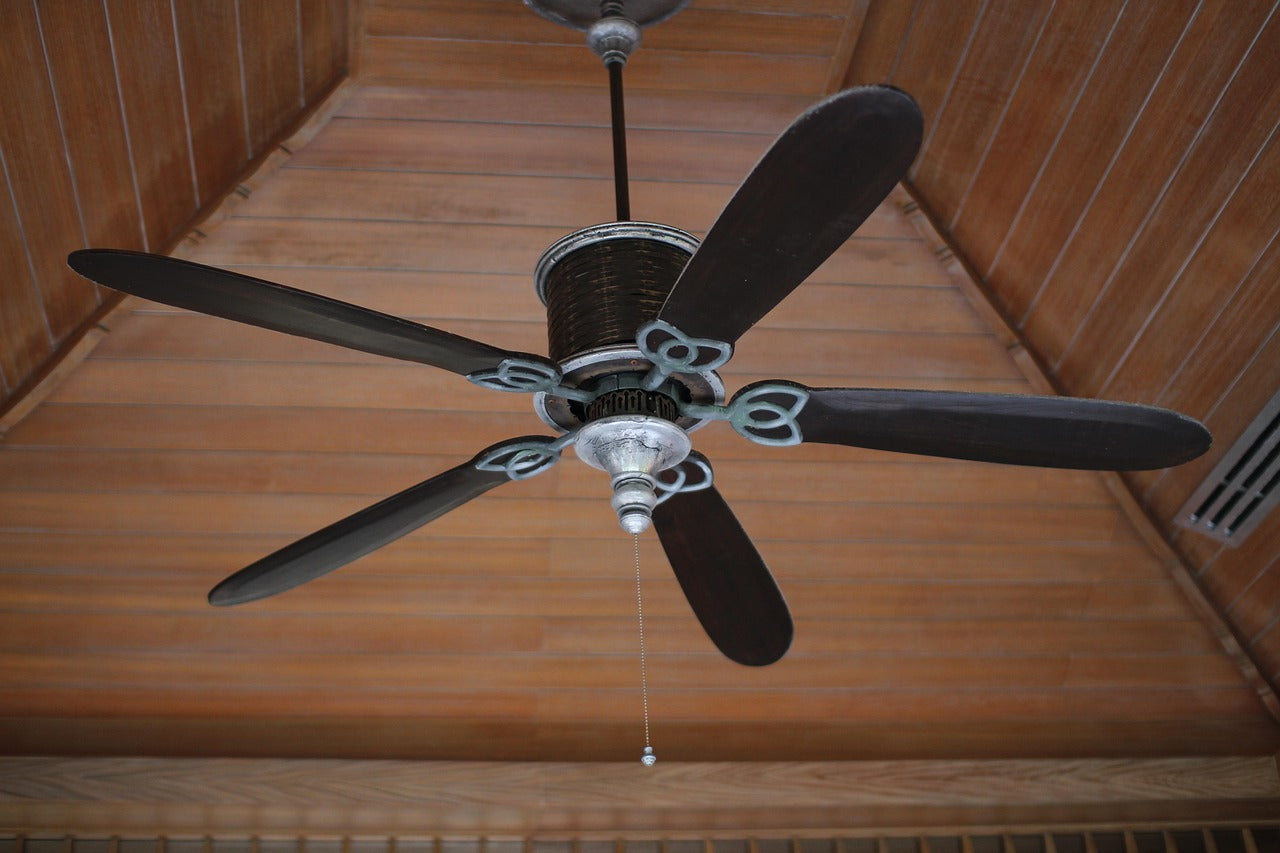
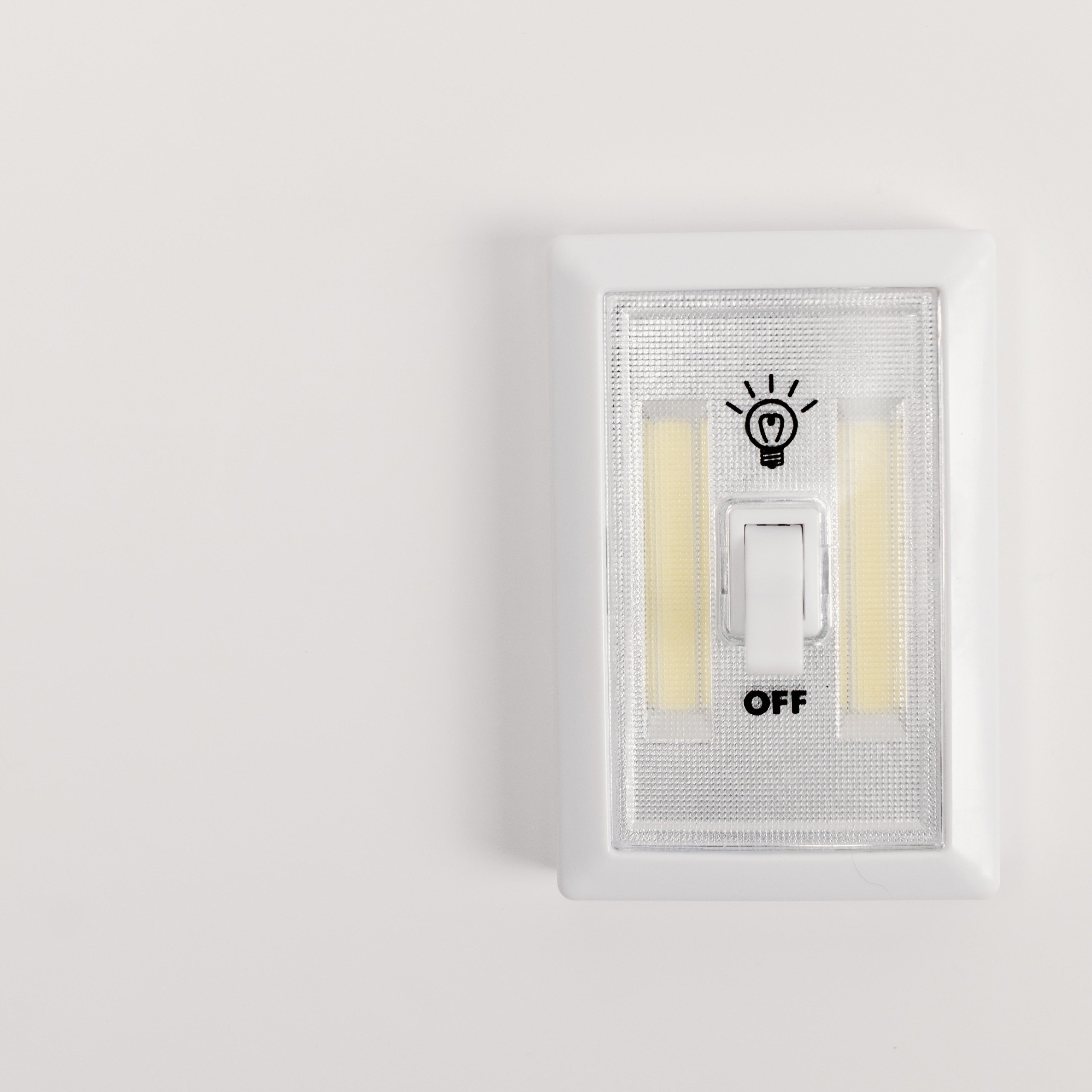





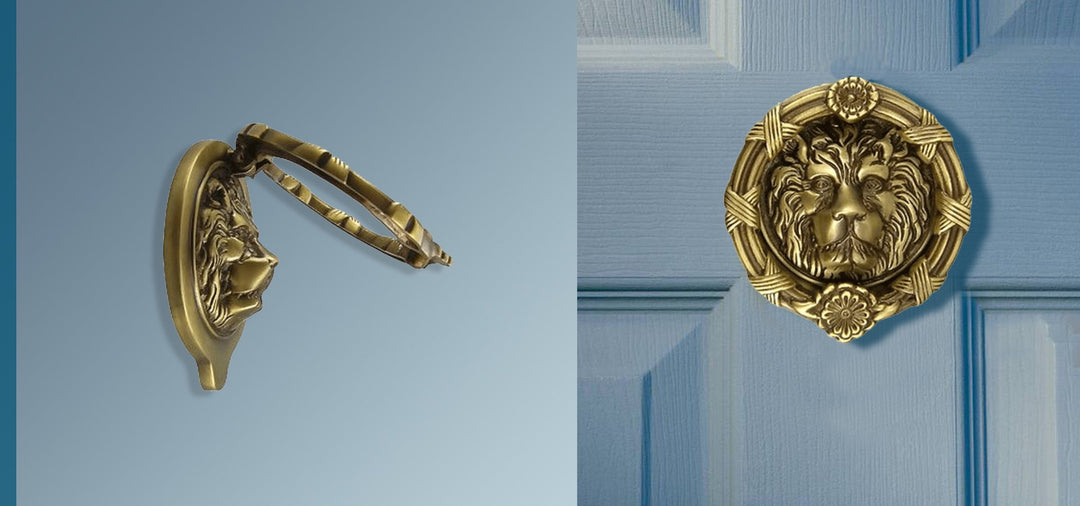
Leave a comment